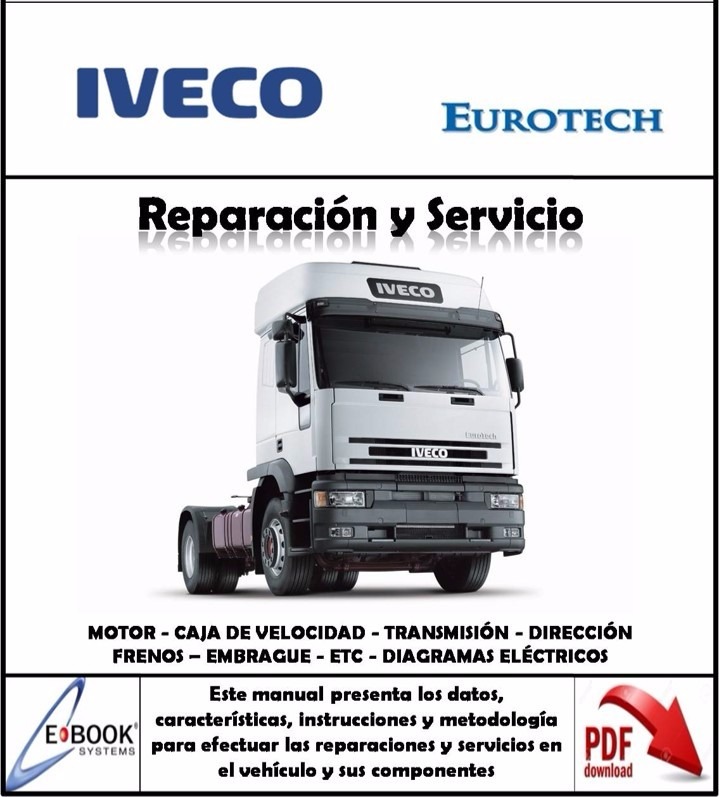Manual De Teamup Pcm

Jun 3, 2018 - What is TeamUP PCM? Every day, users submit information to File.org about which programs they use to open specific types of files.
High as 40 mph (64 kph). Plus, when conditions are right, the engine may shut off at stops and not restart until after 25 mph. As a result, the advertised fuel economy of a full hybrid vehicle is typically much higher for the city driving conditions than the highway driving conditions. In theory, assuming the person’s trip was short enough, a person could drive in slow-moving, stop-and-go traffic without using any gasoline at all. Arduino software serial even parity example.
How is all of this achieved? And what does it mean to the service technician? Startup When the key is first turned to the start position, the engine will start.
Since there’s no conventional electric starter on the vehicle, this action is performed by the 330-volt electric motor located inside the transmission. There’s no starter noise that is normally associated with an engine under crank conditions. The only noise is the engine suddenly running. If the high-voltage battery has a proper charge, and the climate control demands will allow it, the engine will shut back off after a minute or two. Electric Drive The first movements from the vehicle, under light throttle, are silent as only the electric motor propels the vehicle along at slow speeds. It will remain in electric drive mode up to 25 mph under light throttle, as long as the HV batteries do not run low on charge or too hot, or the climate control needs do not require the engine to start. Regenerative Braking During the deceleration process, the traction motor becomes a voltage generator.
This effectively slows the vehicle down in conjunction with the friction brake system. The traction motor is capable of generating up to 397 volts and 78 amps. The high voltage generated from the traction motor is sent to two different locations. One location is the high-voltage batteries under the floor of the cargo area (see Photo 1), and the other is the DC to DC converter located on the right inner fender (see Photo 2). The DC/DC converter replaces the need for a belt-driven alternator. The DC/DC converter steps the high voltage down to 12 volts. During this voltage step-down process, the output amperage is multiplied. Eenadu newspaper online.
The DC/DC converter is equal to a 110-amp alternator. This serves to power the 12-volt electrical system and recharge the conventional lead/acid 12-volt battery under the hood. The ABS module calculates the amount of braking desired by the driver based on input from the accelerator pedal position sensor, the brake pedal pressure sensor on the master cylinder and the longitudinal accelerometer. This information is shared with the PCM so that the PCM can control the transmission to generate voltage from the traction motor. Simply letting off of the gas pedal signals for some regenerative braking, applying the brake pedal signals for more. Electrical-Assisted Driving Normally at highway speeds, the gasoline engine is powering the vehicle. However, when more torque is needed (such as when passing), the electric motor will kick in and add its torque to the driveline as well.
As a result, the little 2.3L may now feel more like a 3.0L to the driver. At times, the electric motor may pull the high-voltage batteries down to as low as 216 volts, and it may draw as much as 181 amps. The engine used in the hybrid Escape and Mariner is a 133 hp to 155 hp (model year dependent) Atkinson cycle 2.3L engine. An Atkinson cycle engine uses cam lobe profile to hold the intake valve open during a small part of the compression stroke.
Doing this lowers the amount of energy used to compress the air/fuel mixture, allowing a 7-10% increase in fuel economy over a standard Otto cycle design. The transmission in the hybrid Escape/Mariner is an electronically controlled continuously variable transmission (eCVT). There is no actual shifting occurring in the eCVT because the gear ratios are achieved by a belt-like chain running inside of V-shaped “pulleys” that vary their width as needed to walk the chain higher or lower in them. Since the engine is not always running on a full hybrid vehicle, some changes are made in regards to the brake system and power steering system as well as some operating differences in the climate control system. Friction Brake System Since engine vacuum cannot be relied upon to be present, the power brake system does not have a vacuum brake booster.